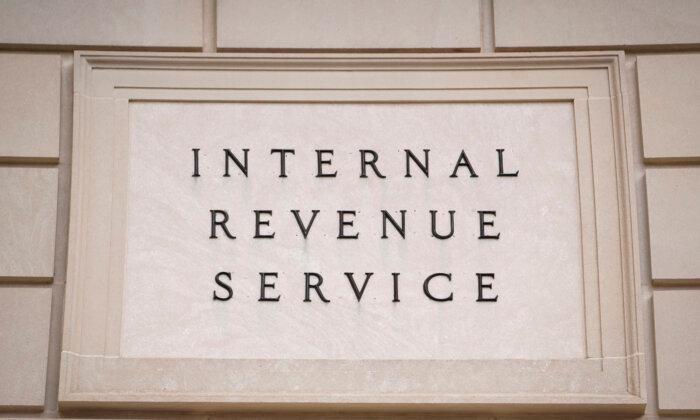The Internal Revenue Service (IRS) is set to launch its free online tax filing tool Direct File in less than two months, with taxpayers from 12 states eligible to use the system in the initial pilot phase.
While the Free File program is only available for taxpayers with annual incomes less than $79,000, the Direct File tool is designed to be used by any taxpayer, irrespective of their income level.
The IRS official said that the agency is intentionally starting small as it aims to analyze the pilot response, make necessary changes, and test if it is a viable option for the long term. The agency expects thousands of taxpayers to use the service in its pilot phase.
Direct File tool is designed to be mobile-friendly and can be accessed through desktop computers, tablets, and smartphones in both English and Spanish. During the demonstration, the tool was shown to work in a step-by-step format, displaying only relevant questions to taxpayers and avoiding unnecessary questions based on the information already entered by a user.
An eligibility screener will be shown initially to let the user know whether they qualify to use Direct File. Live phone and chat assistance will also be made available.
Direct File allows users to file part of their tax information, leave the tool, and then come back to finish filing at a later time.
Within the 12 states that offer Direct File, taxpayers can only use the tool to file their federal tax returns. The tool does not help in filing state returns.
Limited Returns Accepted
During the initial pilot phase, taxpayers from the 12 affiliated states can only use Direct File with a limited set of incomes, tax credits, and deductions.Direct File only accepts the following four incomes: W-2 wage income, SSA-1099 Social Security and RRB-1099 railroad retirement income, 1099-G unemployment compensation, and 1099-INT interest income of $1,500 or less.
In terms of credits, only Earned Income Tax Credits, Child Tax Credits, and credits for other dependents are accepted. As for deductions, users can only enter standard deductions, student loan interest, and educator expenses.
Direct File is not a tool for people with other types of income, like business or gig income, who want to itemize their deductions or claim other credits like saver’s credit or child and dependent care credit.
Direct File Concerns
The Direct File program has been controversial, especially as the tool would essentially make the IRS play the role of a tax preparer.In a July 2023 opinion piece at The Hill, Ray Buchanan, the 37th treasurer of the United States, warned that though the idea of the Direct File program may appear “benign,” it is actually “quite insidious.’”
“The effort would trust bureaucrats to become America’s tax preparers and filers. Rather than easing Americans’ headaches over filing their taxes, this new government-run method would only worsen their filing woes,” he wrote.
“American taxpayers have every reason to believe that the IRS—a revenue agency—would attempt to keep their tax liability as high as possible, unlike a market service, whose incentive is to look for ways to save taxpayers money.”
The IRS claimed to Congress that 72 percent of surveyed taxpayers were interested in Direct File. However, 45 percent of survey respondents had said they were merely “somewhat interested,” the report noted.







